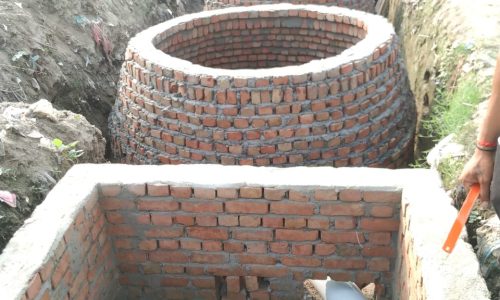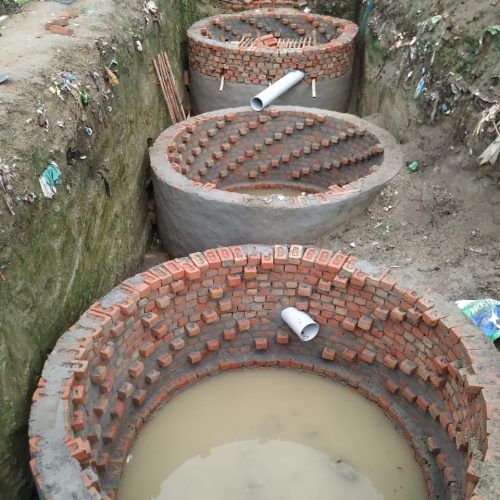Seechewal Model
Sultanpur Lodhi and the Seechewal Model: A Revolution in River Cleaning
Sultanpur Lodhi, a historical village in Punjab, has turned into a sun aroha, according to Saving Mother Nature. The river’s cleaning is the key to environmental sustainability, which was the main contribution of the town to ecological sustainability, which is now best known by the term “Seechewal Model.” The model, named after Sant Balbir Singh Seechewal, a revered environmental and social reformer, has drawn widespread attention and has even been adopted by the Government of India as a blueprint for cleaning the major rivers, including the sacred Ganga.
What is the Seechewal Model?
The Seechewal Model is a community-based approach to cleaning and restoring polluted rivers. It highlights the ability of people to gather together and act and use resources wisely without government help or complicated technologies. For instance, this is proof that local actions, along with hard work and eco-friendliness, can bring about great changes in river protection.

Origins of the Seechewal Model
In the late 1990s, Sant Balbir Singh Seechewal first implemented this model when he took on the enormous job of cleaning the Kali Bein, which is a heavily polluted tributary of the Beas River. This river is near Sultanpur Lodhi. The Kali Bein had been choking for a long time with industrial waste, untreated sewage, and debris. Sant Seechewal’s method was simple: he involved local communities, taught people the importance of a clean environment, and motivated them to take ownership of the problem.
Sant Seechewal has led the project of cleaning up the river manually with the help of volunteers and a group of followers. The project aimed to remove pollutants, build proper sewage management systems and ensure that waste no longer enters the waterway. The model was based on traditional wisdom, sustainable practices, and the participation of ordinary people, which was the reason for the project’s success. Expensive machinery and foreign expertise were not needed for this project.
Where should we use the water of the Seechewal model?
The water obtained from the Seechewal Model can then be used for agriculture sanitation and irrigation and to improve the conditions of the water bodies in the area. Its pure state, which is zephyr-like filtered, is appropriate for sustainable farming practices, the maintenance of wetlands, and biodiversity support. Additionally, local communities can take advantage of improved sanitation and drinking water sources, respectively.
Principles of the Seechewal Model
- Community Participation: The Seechewal Model’s main advantage is local community involvement. People from different backgrounds came together and worked towards the same goal: restoring the Kali Bein. This sense of shared responsibility is the reason it works.
- Sustainable Practices: The model does not use chemicals or large-scale interventions of chemicals. On the contrary, natural filtration systems, logging, and wetland building are to clarify the water. The remedy guarantees minimum environmental damage and requires a low-cost preservation strategy.
- Education and Awareness: Sant Seechewal’s main concern was educating the masses about water pollution problems and the need to manage waste. This new attitude made the villages more aware of their environmental consequences.
- Cost-Effective Solutions: Using the Seechewal Model is environmentally and economically sustainable since it does not need huge amounts of money for river cleaning projects. Using physical work, traditional methods, and easily accessible materials, the facility reduces expenditure and, at the same time, gets considerable results.
Adoption by the Government of India

- Considering the accomplishment of the Seechewal Model in Sultanpur Lodhi, the Government of India has decided to implement this method for the cleaning of the Ganga and other major rivers throughout the country. The Ganga, the most sacred river in India, has faced the issue of pollution for decades because of untreated sewage, industrial discharge, and religious practices. Despite many government interventions, the health of the community remained the same.
- The Seechewal Model brought forth an entirely different approach. Through local community empowerment, promotion of sustainable practices, and education, it was a practical and replicable solution to the Ganga’s pollution problems. The model’s success in Sultanpur Lodhi showed that large-scale river restoration can be done without government intervention or high-tech solutions.
Broader Impact on India's Rivers
Besides the Ganga, the Seechewal Model has greatly expanded to be used as a framework for cleaning up other rivers all over the country. The model’s main principle of low-cost, community-driven approaches makes it the best one for small rivers and streams that are usually ignored by the large ones and, therefore, have no funding or other resources.
The Seechewal Model’s impact is not only limited to the revival of the environment. It symbolizes a change in attitude about how people see themselves about nature. Involving everyday citizens in conservation through this model creates a more profound connection with the environment and also enhances their sense of stewardship and responsibility.
Conclusion
The metamorphosis of Sultanpur Lodhi, per the Seechewal Model, is strong evidence of what can be done when people unite with a common goal. This river cleaning from the ground up method has not only brought back the Kali Bein but has also kick-started a movement across the country. The Indian government applies this model to clean the Ganga and other rivers. Thus, it becomes a reminder that sustainable solutions, a lot of the time, are in the hands of the people themselves. The Seechewal Model is a clear demonstration that with a strong will, education, and joint action, even the most complicated environmental issues can be tackled.


